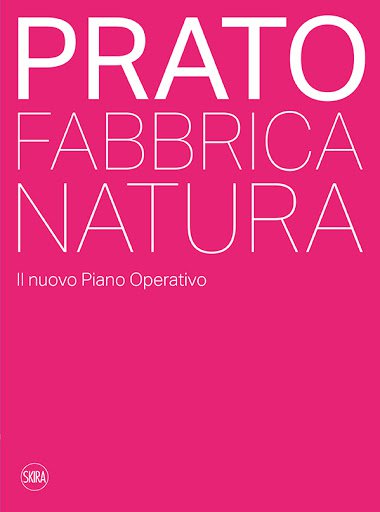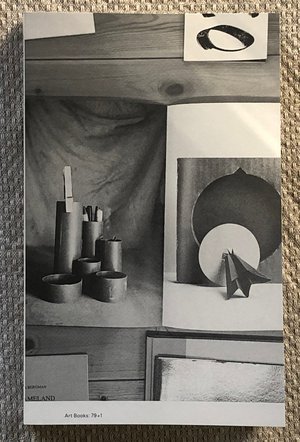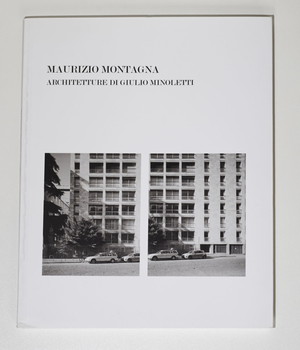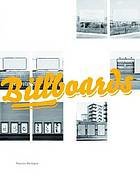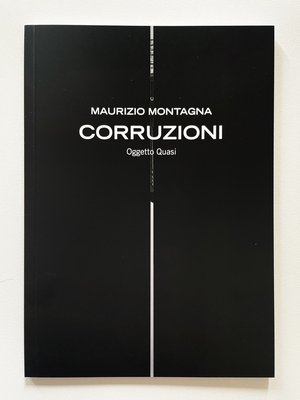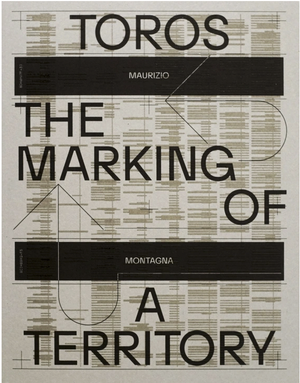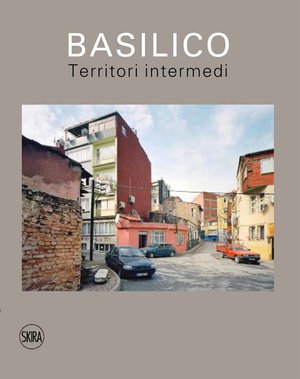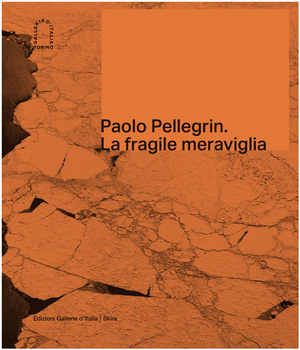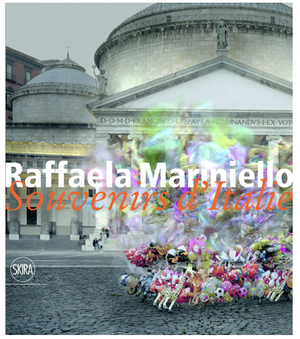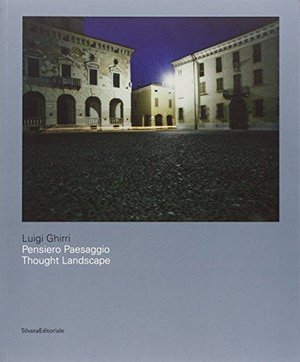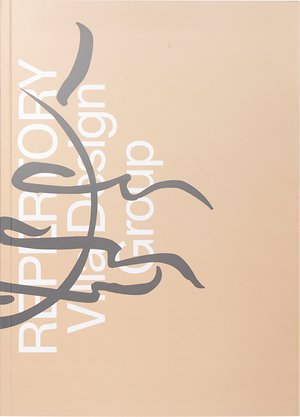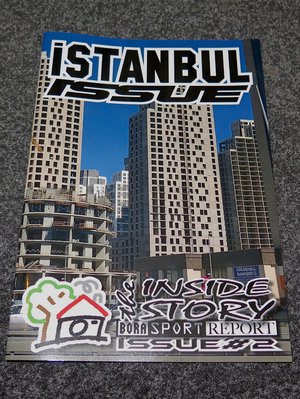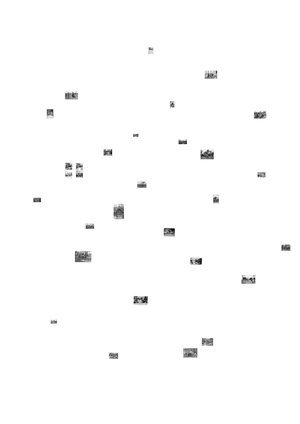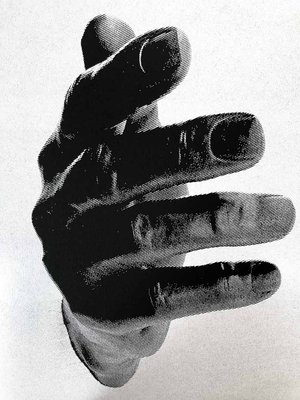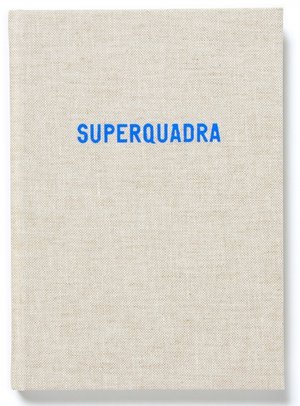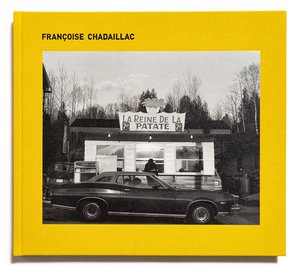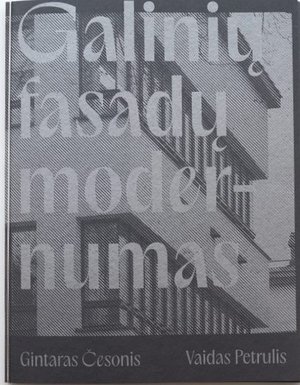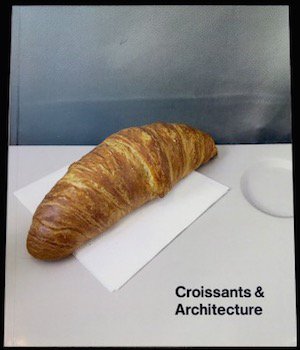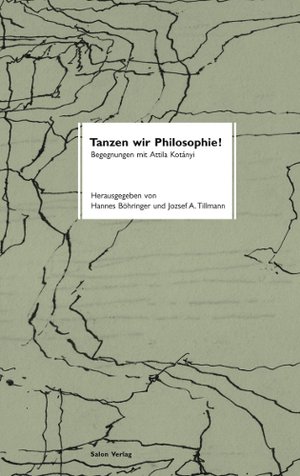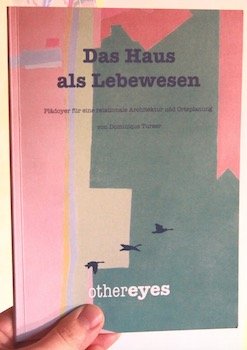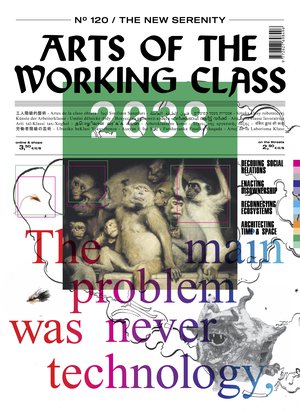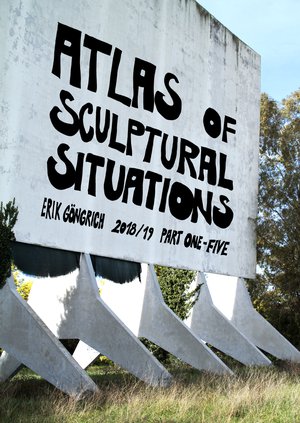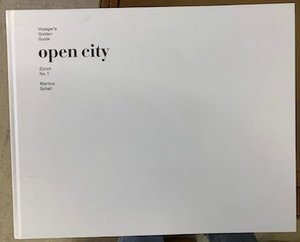Publisher Note
The multiplicity of procedures and strategies that have been generated in recent years in Prato, principally through the recent Operative Plan, is evidence of a phenomenon that deserves to be observed and studied.
The case of Prato, through its original vision of the issue of the environment, its essential role when it comes to transformation and reuse, and its impressive participative and communicative way of proceeding, has highlighted a new way of thinking about urban planning, outlining a new theoretical/applicative approach for the contemporary city.
Inscribable in the disciplinary parenthesis of Landscape Urbanism, the Operative Plan indeed highlights specific methodological originality, articulated through the corpus of the objectives and strategies expressed, framed principally through a transdisciplinary and innovative lens: an exportable model of a new kind of planning that is rooted in the most evolved form of urban metabolism.
Already site of urban experimentation par excellence inspired by its structure as a “factory city” - among these, the well-known No-Stop City and the Structural Plan by Bernardo Secchi (1993-1996) - the New Operative Plan confirms Prato as an urban laboratory, through two strategies: The technology of Nature and the Project as Hologram that contains in themselves an idea of the city as a whole.
Through the solid experience and the decisions made by the Planning Office – which developed the project from the Operative Plan – and specific consultancies – including that of Stefano Mancuso on Green Benefits and Stefano Boeri on Urban Forestry – Prato, therefore, formulates a city that is wholly “resilient” even in its “development,” and through ecology responds to the global challenges of climate change but also to the local challenges of residents’ well-being, as required by the Pact of Amsterdam and the European Agenda.
Through the ecological figure, the Plan is articulated like a declassification of classical planning; like an “inversion” of the urbanistic process, in which the specific projects become holograms that contain in themselves an idea of the city as a whole, becoming the engines of its transformation.
Maurizio Montagna
Prato Fabbrica Narura
— Il nuovo Piano Operativo
edited by Valerio Barberis, Elisa C. Cattaneo
| Publisher | |
|---|---|
| Release Place | Milan, Italy |
| Edition | 1st edition |
| Release Date | 2019 |
| Credits |
Editor:
Artist:
|
| Identifiers |
ISBN-13:
885724053
|
| Work | |
|---|---|
| Subform | Photobook |
| Topics | Architecture |
| Methods | Photography |
| Language | Italian, English |
| Object | |
|---|---|
| Dimensions | 21.0 × 28.5 × 3.0 cm |
| Interior | |
|---|---|
| Pages | 256 |
| Technique | Offset |
